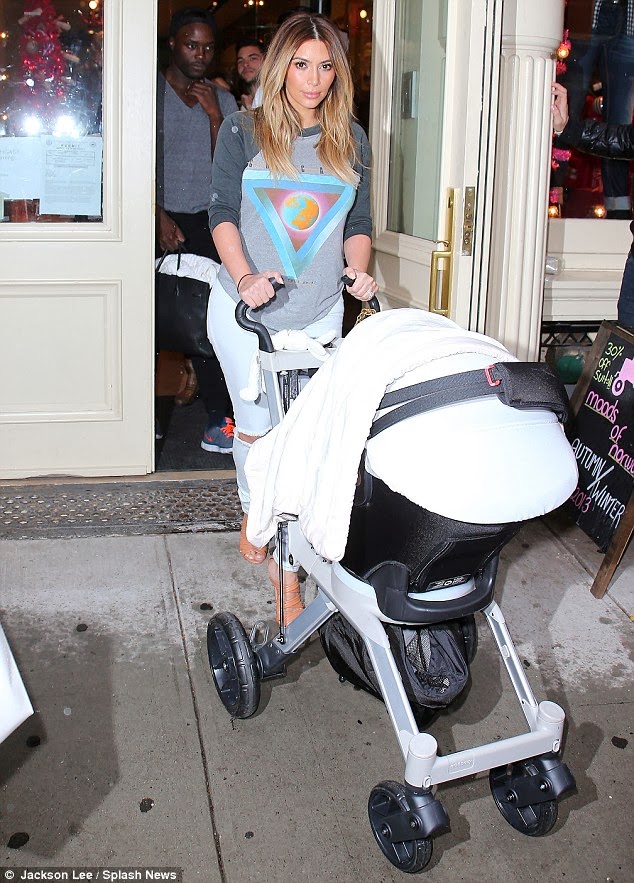Strike Start in South Africa Gold's Mine
"It has officially started. There are people who have not gone underground," Charmane Russell, a spokeswoman for gold producers grouped in the Chamber of Mines, told Reuters.
She said it was too early to give details of how many workers were supporting the strike over wages called by the country's main mining union, NUM, or which specific mines were affected.
The stoppage was called by the National Union of Mineworkers, which represents two thirds of the workers in South Africa's gold mines, after weeks of talks between unions and companies broke down last week.
Labour unrest since last year has left more than 50 people dead and put renewed pressure on Zuma ahead of elections next year. The rand last week slid to a four-year low.
With stoppages in auto and building sectors already hitting an economy suffering from slow growth and unemployment at 25 percent, strikes could cripple an industry that has produced a third of the world's bullion but is now in rapid decline.
"A strike hurts both sides. They must find a solution," Zuma said at a briefing with reporters in Pretoria.
His comments were echoed by Mining Minister Susan Shabangu, who said the government was willing to intervene to help both sides "find each other soon".
"If there is a need for government to intervene, we will engage the parties," she told Reuters.
Economists say South Africa's economy can ill afford the lost output - estimated at more than $35 million a day - from an industry shutdown in gold.
Labour and management are poles apart on wages, with the dominant NUM seeking 60 percent pay hikes for entry-level miners and the more hardline Association of Mineworkers and Construction Union (AMCU), pushing for 150 percent.
Companies say they cannot afford the hikes in the face of soaring costs and depressed prices. The industry has offered pay increases of up to 6.5 percent.
The president of South Africa's Chamber of Mines, which represents major bullion producers such as AngloGold Ashanti, Gold Fields and Harmony Gold, has warned unions against building up workers' hopes.
APARTHEID ERA PAY CULTURE
A turf war between NUM and AMCU erupted last year, triggering violence that killed dozens of people and unleashing a wave of wildcat strikes that rocked South Africa's platinum and gold industries and led to sovereign credit downgrades.
NUM has since become more strident in its demands as it confronts the challenge from AMCU.
The unions seem determined to end what they see as a culture of low pay dating back to the apartheid era when impoverished black miners migrated to the industry's heartland for jobs.
"The union is aware of the devastating impact industrial action would have on the economy which is largely a white man's economy with no benefits for poor black mineworkers," NUM said in a statement.
White rule ended in 1994 and the unions say miners are due a bigger share from the multi-billion-dollar industry.
The average South African miner's monthly pay, including benefits, totaled 15,840 rand ($1,500) at the end of last year, according to government statistics.
That is above the average of 14,386 rand a month for all non-farm workers but it masks wide disparities with basic monthly wages for entry-level miners of below 5,000 rand.
But South African mining companies are struggling themselves, hurt by the rising cost of extracting ore from the world's deepest mines.
Johannesburg's index of gold mining companies has fallen 47 percent over the last 10 years, while Thomson Reuters index of Australian gold producers has risen 27 percent and a similar index of Canadian gold producers has risen 67 percent.
($1 = 10.2275 South African rand)
(Additional reporting by Peroshni Govender, Olivia Kumwenda-Mtambo and Pascal Fletcher in Pretoria; Writing and additional reporting by David Dolan in Johannesburg; Editing by David Evans)


Comments
Post a Comment